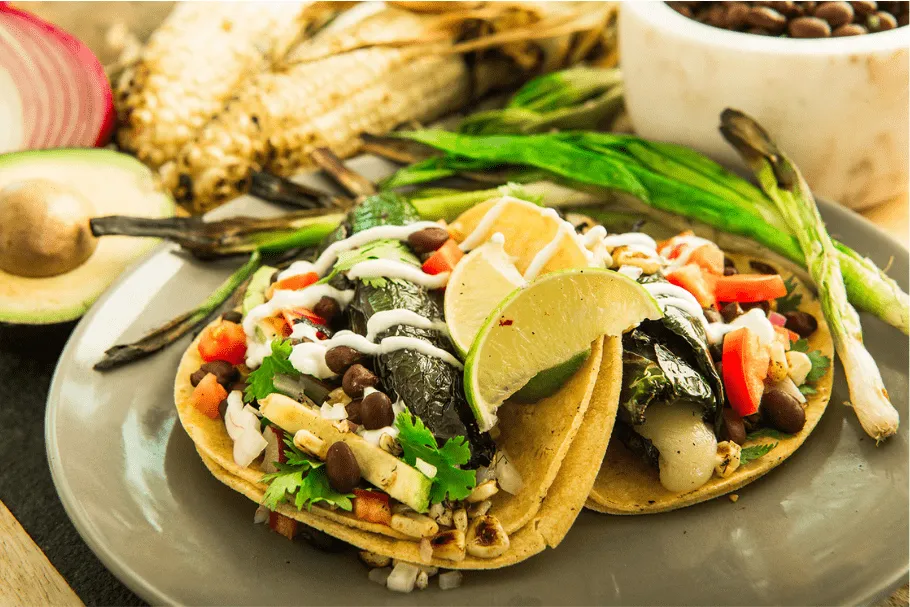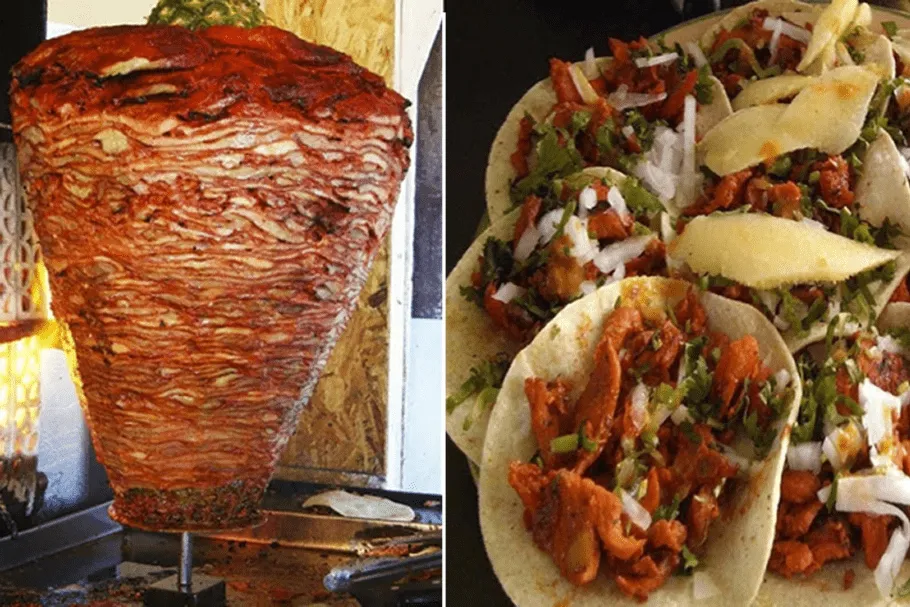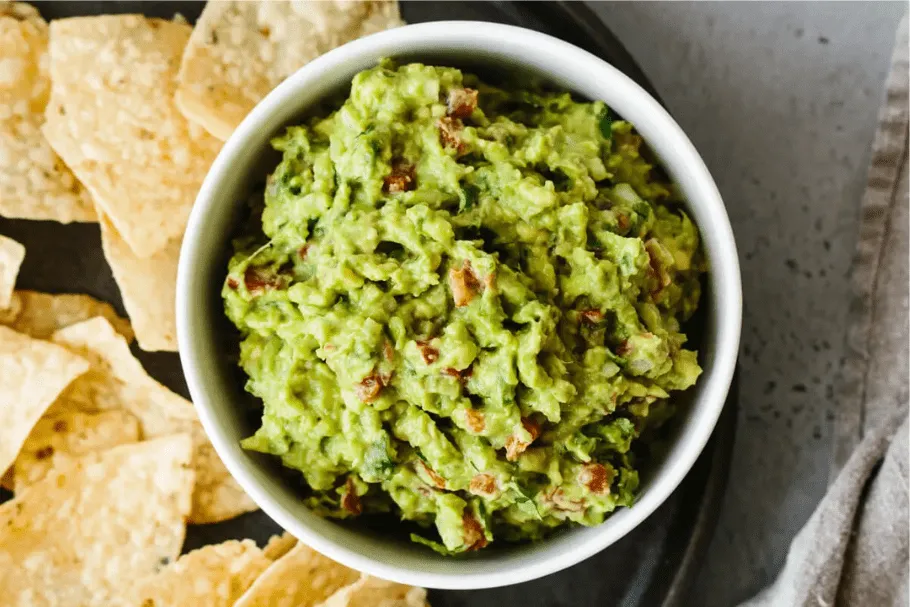Mexico, a land of vibrant cultural heritage and majestic natural landscapes, proudly boasts a treasure trove of UNESCO World Heritage sites. From ancient cities to pristine natural reserves, Mexico offers a colorful journey of discovery and unforgettable experiences.
Mexican cuisine is a unique fusion of cultures, from indigenous Mesoamerican culinary traditions to influences from Europe and other nations. UNESCO recognized the cultural value of Mexican cuisine in 2010, affirming its significant role in the intangible heritage of humanity.
Mexico: A Treasure Trove of UNESCO Heritage
Mexico is not just a country, but a living museum where history, culture, and nature harmoniously intertwine. The UNESCO World Heritage sites in Mexico are not only captivating tourist destinations but also testaments to the richness and diversity of this nation.
Historical Cities
- Mexico City: The capital, Mexico City, is one of the largest and oldest cities in the world. It is home to numerous significant historical sites, including Teotihuacan, one of Mesoamerica’s largest urban centers.
The Pyramid of the Moon at Teotihuacan, Mexico
- Oaxaca: The city of Oaxaca is renowned for its stunning colonial architecture and rich indigenous Mixtec and Zapotec culture. It is also a culinary paradise, famous for its mole sauce.
- San Miguel de Allende: With its magnificent Baroque architecture and vibrant arts scene, San Miguel de Allende is a favorite destination for travelers and artists worldwide.
Archaeological Sites
- Chichen Itza: Chichen Itza is one of the most famous Mayan sites in the world, featuring the majestic Kukulcan pyramid and other unique architectural structures.
- Palenque: Nestled in a lush rainforest, Palenque is an ancient Mayan city adorned with temples and palaces decorated with intricate carvings.
- Monte Alban: Perched on a hilltop overlooking the Oaxaca Valley, Monte Alban is one of the most important urban centers of the Zapotec civilization.
Natural Reserves
- Sian Ka’an: The Sian Ka’an Biosphere Reserve is a vast natural protected area with diverse ecosystems, including mangroves, lagoons, coral reefs, and white sandy beaches.
- Gulf of California: The Gulf of California is a biodiverse marine region teeming with marine life, including whales, dolphins, sea turtles, and numerous other species.
Embarking on a Mexican Culinary Journey
Exploring Mexico is incomplete without indulging in its cuisine, as each dish tells a story about the history, culture, and people of this land. From humble street food to sophisticated dishes in elegant restaurants, Mexican cuisine always offers exciting and memorable experiences.
Iconic Dishes
- Tacos: The most famous street food in Mexico, tacos come in countless variations with diverse fillings, from beef, pork, and chicken to seafood and vegetables.
Tacos al pastor, a popular Mexican street food
- Mole: Mole sauce is a complex and diverse sauce made from various chilies, spices, and other ingredients. Each region in Mexico has its own mole recipe, creating a rich and varied culinary tradition.
- Tamales: Tamales are a traditional dish made from corn dough filled with sweet or savory fillings, wrapped in banana leaves or corn husks, and steamed. They are a popular dish during festivals in Mexico.
- Guacamole: Guacamole is a famous avocado dip made from mashed avocados, onions, tomatoes, chilies, and lime juice. It is often served with tortilla chips or as a side dish.
Guacamole, a famous Mexican avocado dip
Regional Cuisine
- Northern Mexico: Famous for grilled meats, especially beef. Wheat flour tortillas are also common in this region.
- Baja California Peninsula: Specializes in fresh seafood, especially fish tacos.
- Oaxaca: Renowned for its diverse mole sauces and traditional dishes of the Mixtec and Zapotec people.
- Yucatán: Yucatán cuisine is heavily influenced by Mayan culture, with dishes using the distinctive achiote spice.
Conclusion
A journey to discover the UNESCO World Heritage sites in Mexico is not just a vacation but a colorful adventure into culture, history, and cuisine. From ancient cities to pristine natural reserves, Mexico offers unique and unforgettable experiences for travelers. Come and explore Mexico to feel the richness and diversity of this incredible country!

 Tacos al pastor, a popular Mexican street food
Tacos al pastor, a popular Mexican street food Guacamole, a famous Mexican avocado dip
Guacamole, a famous Mexican avocado dip